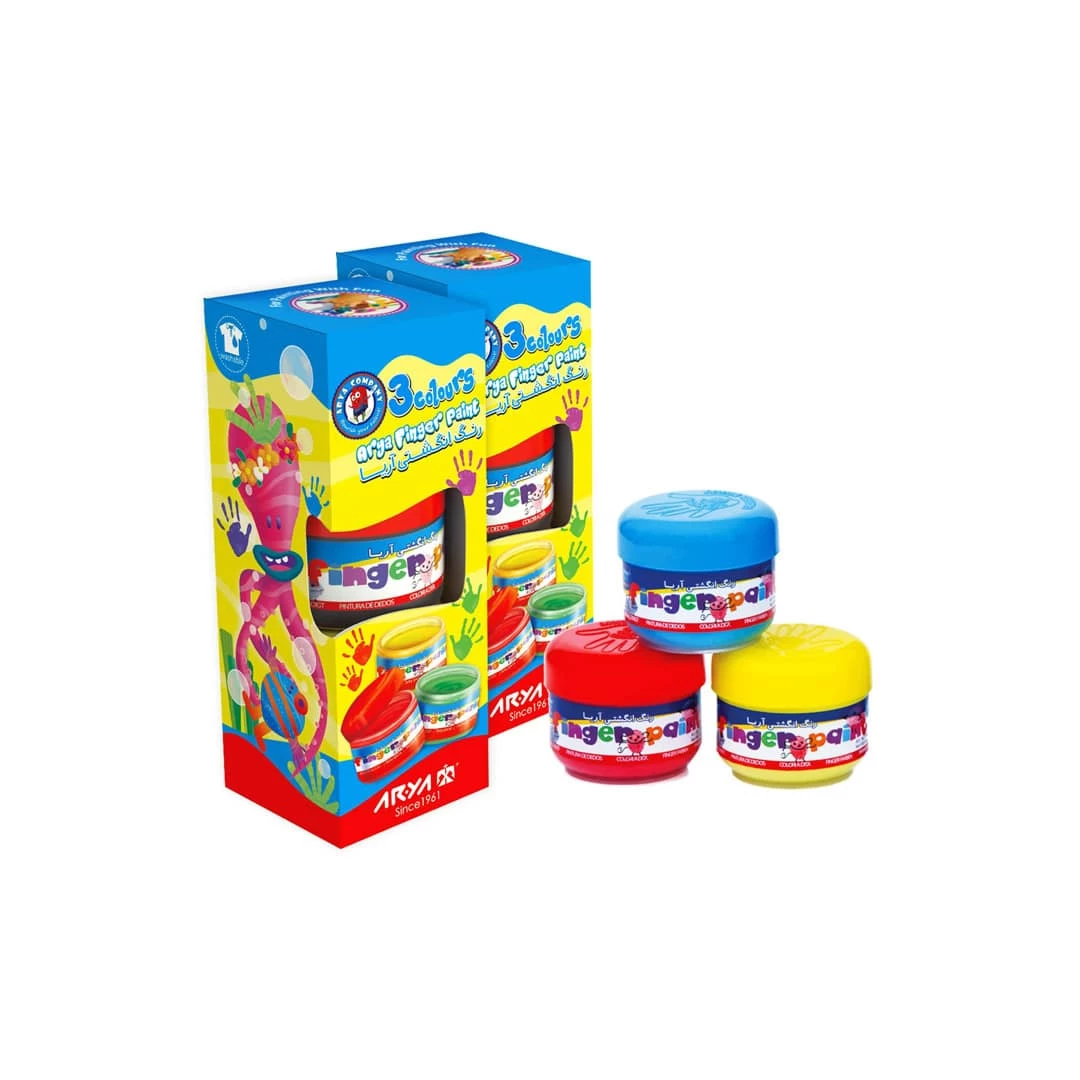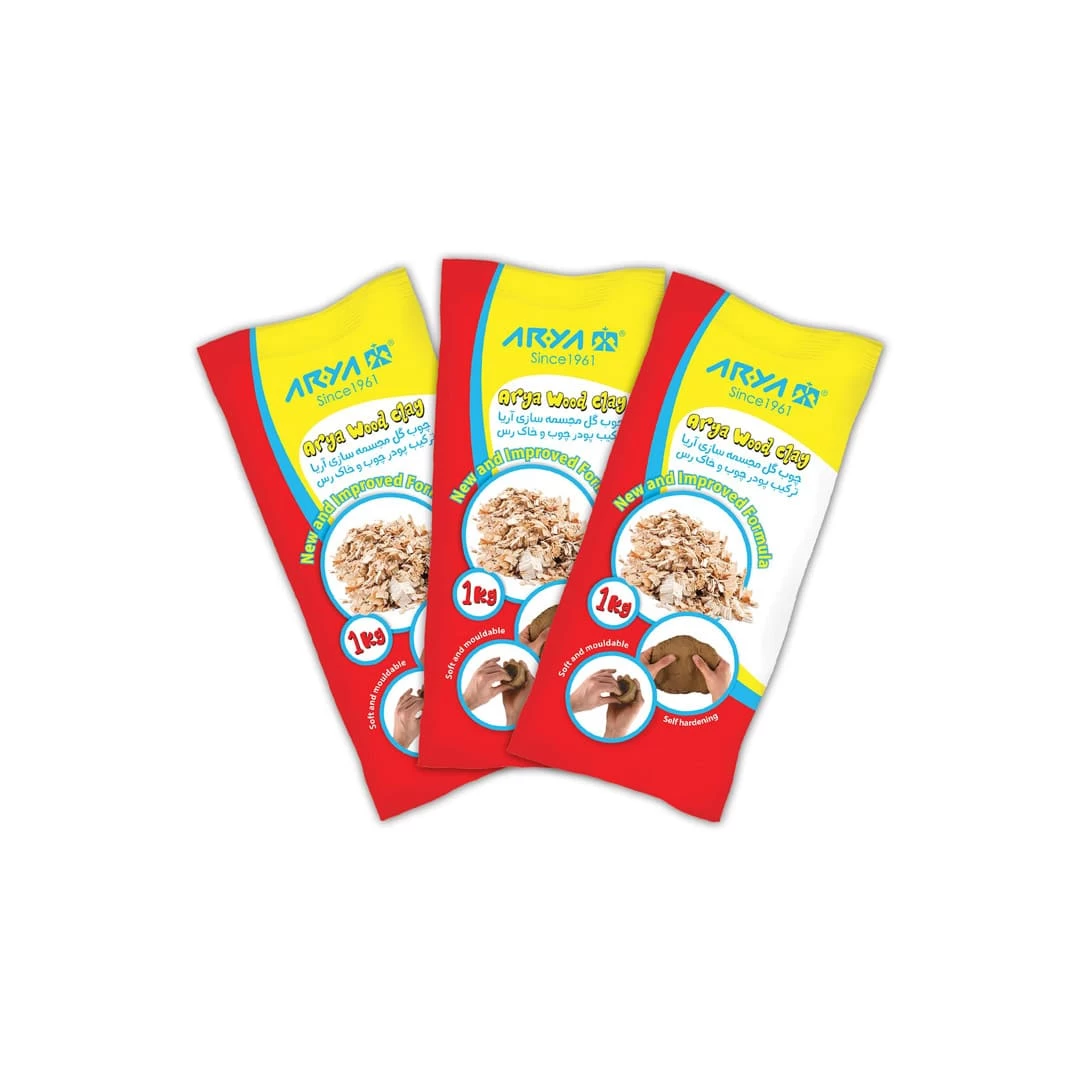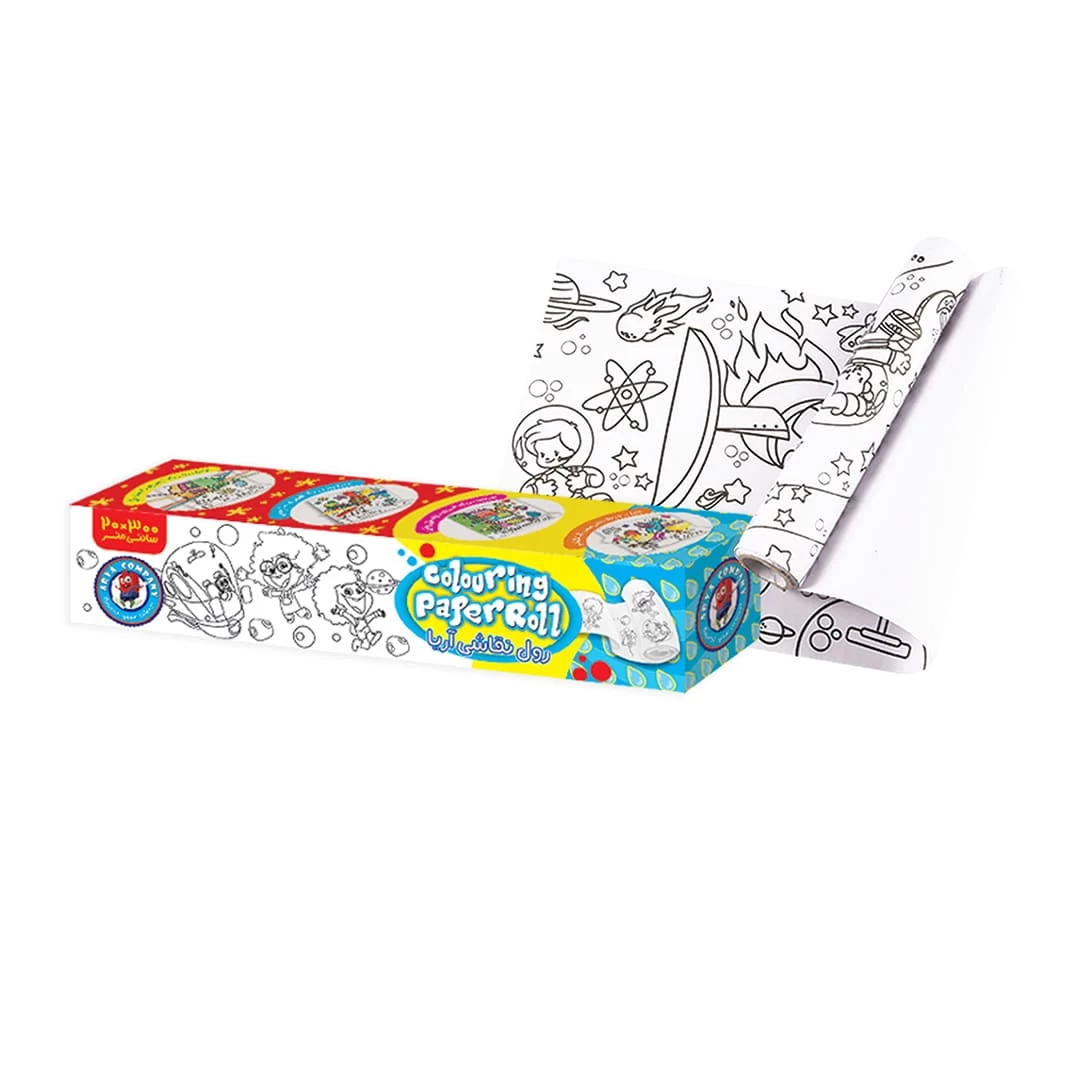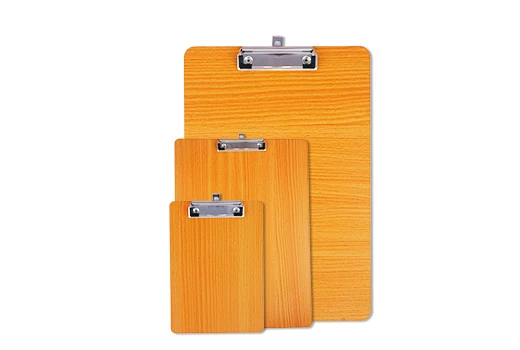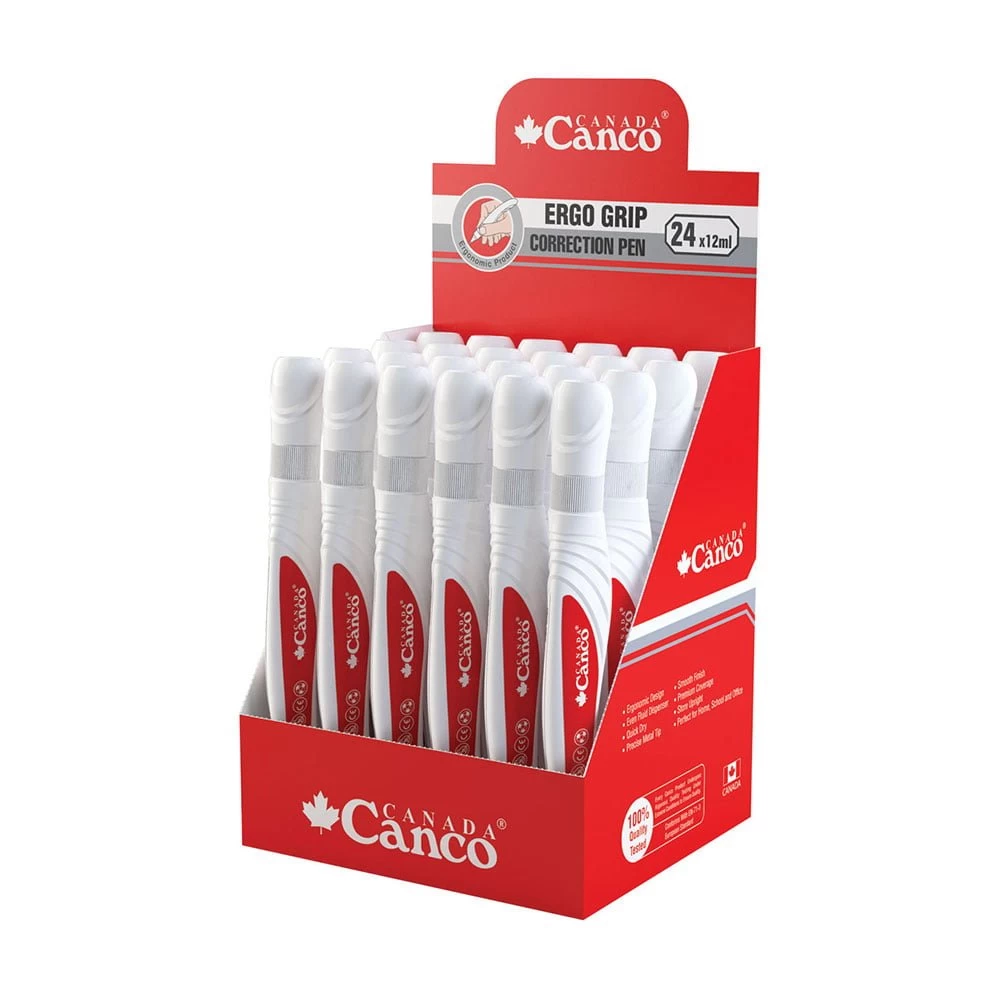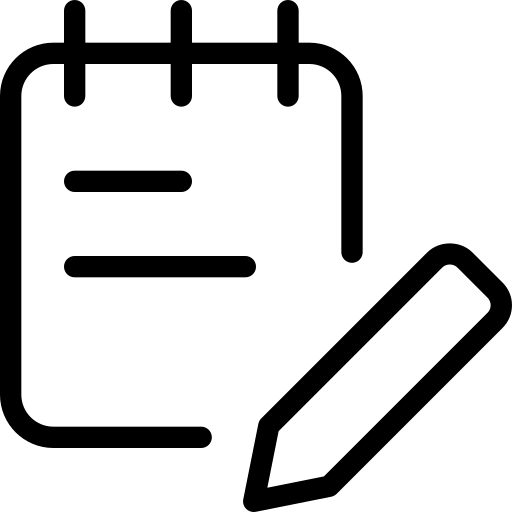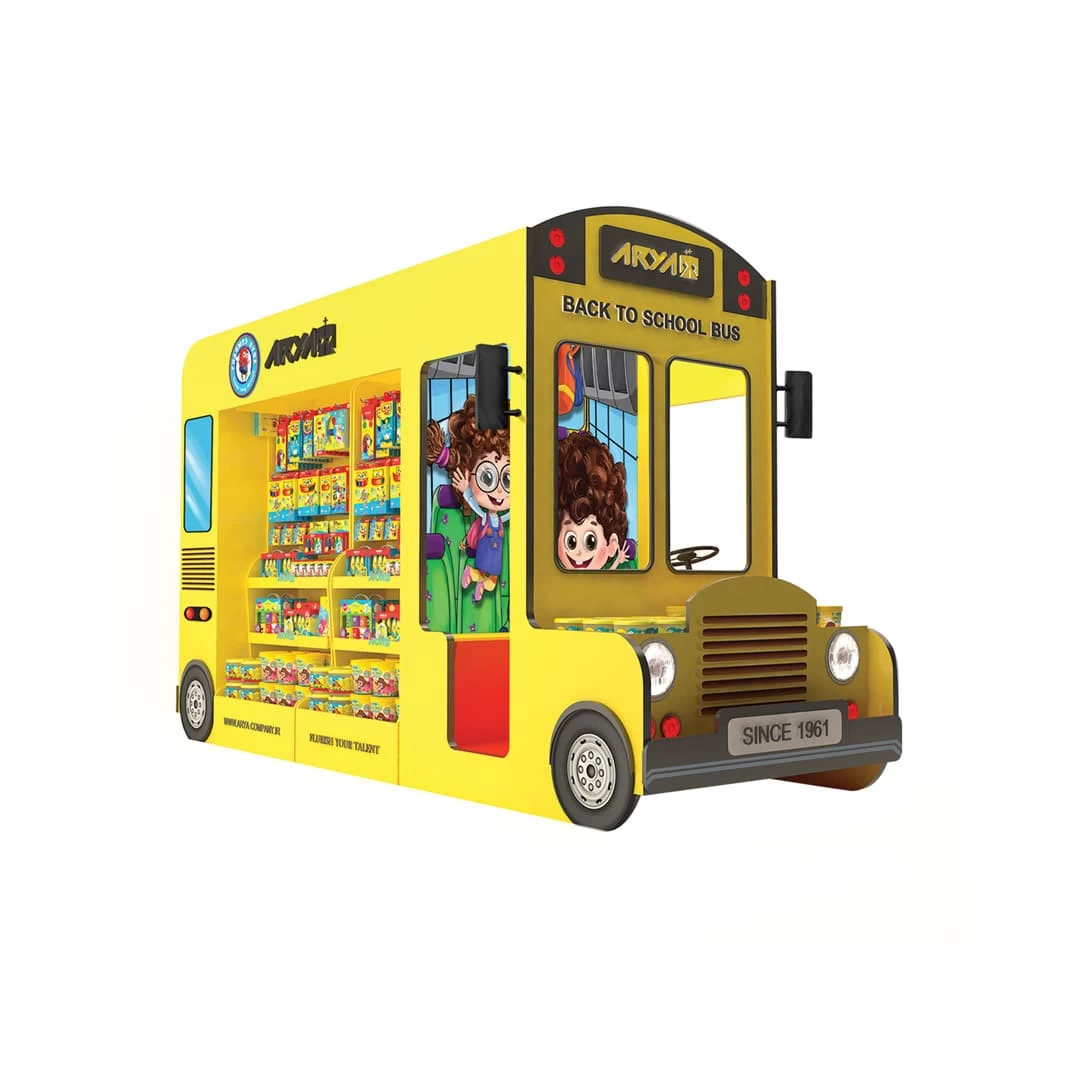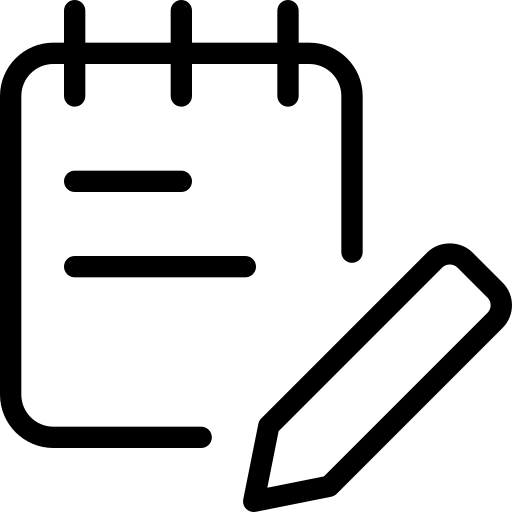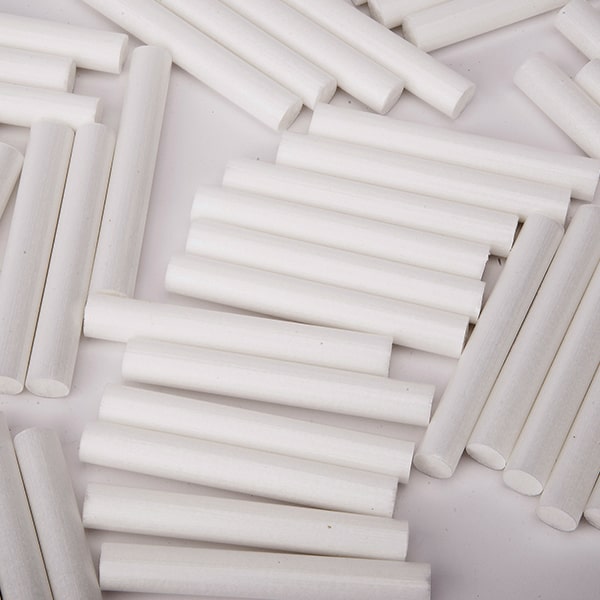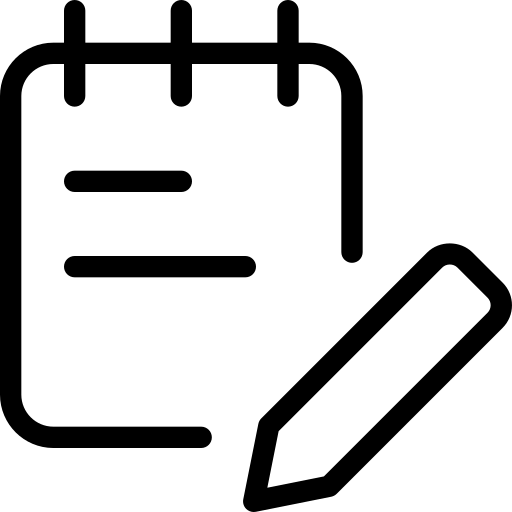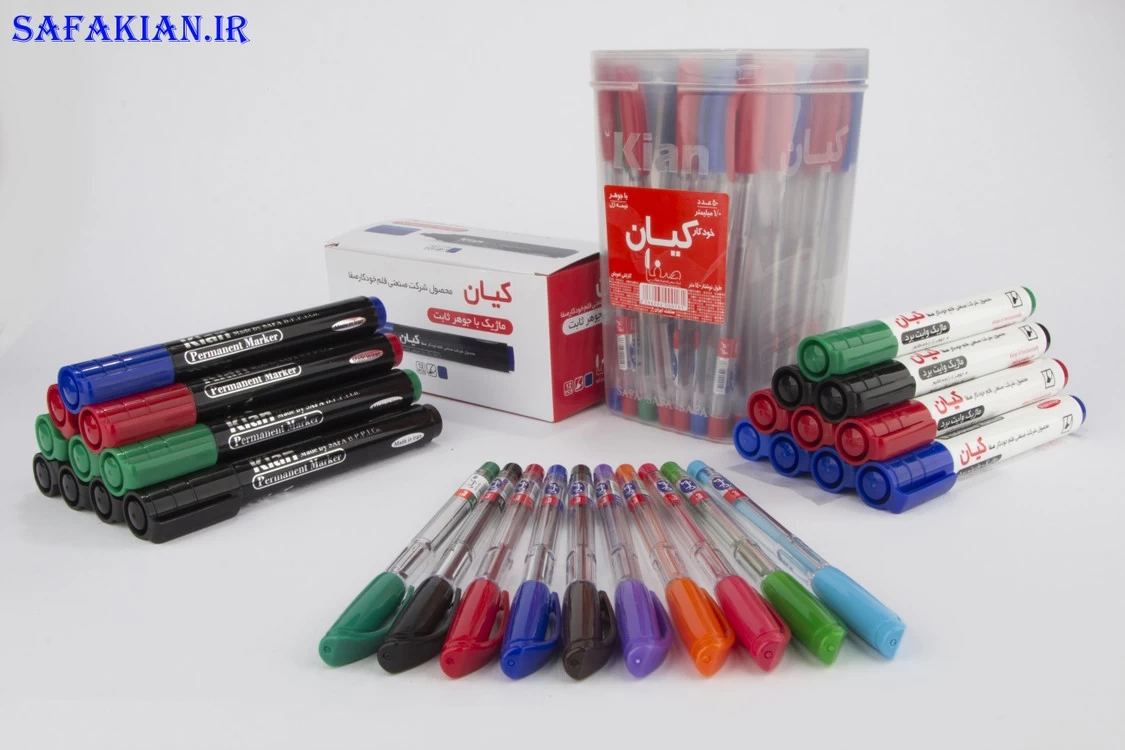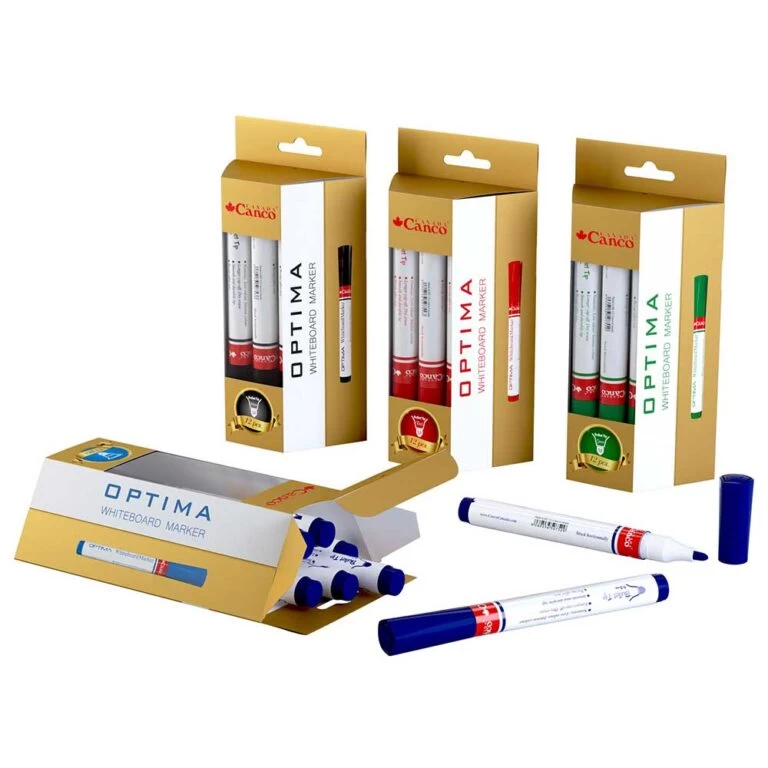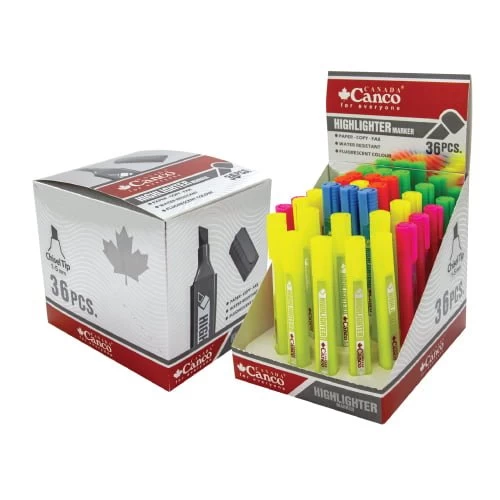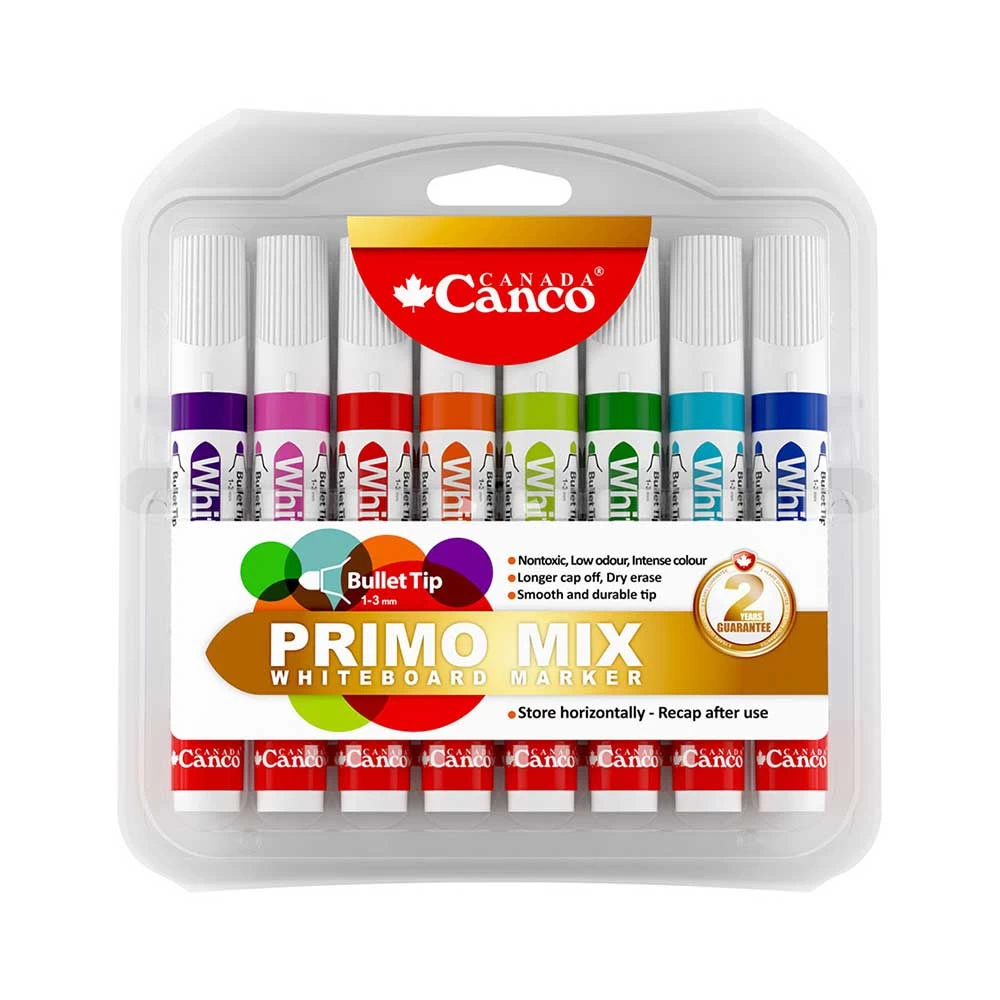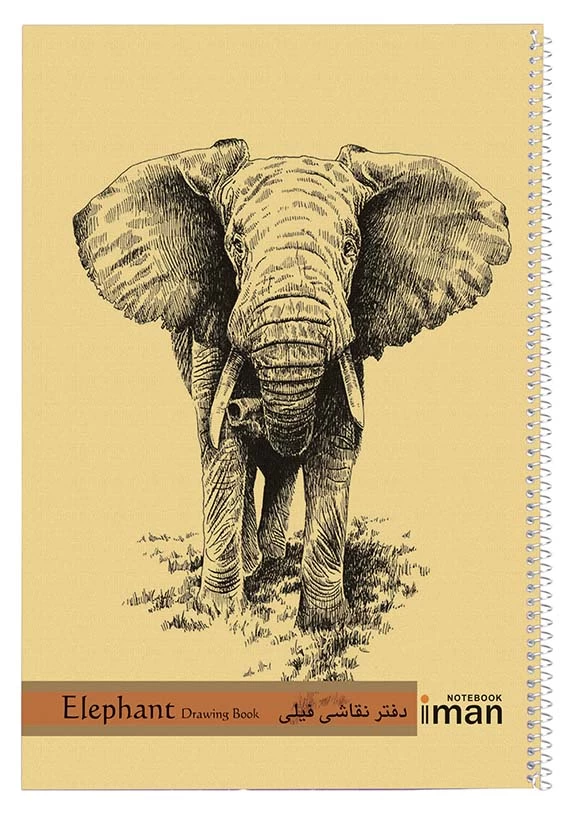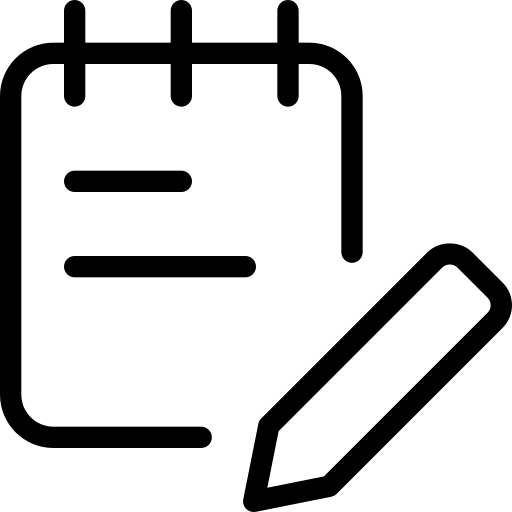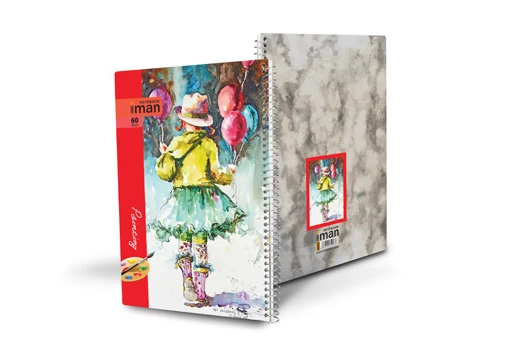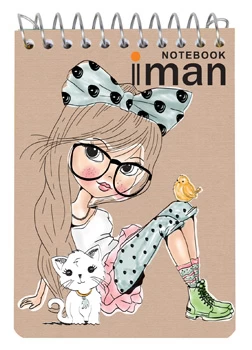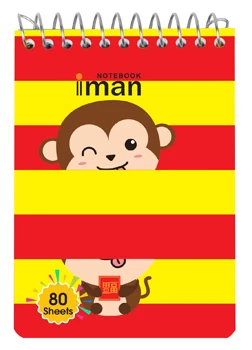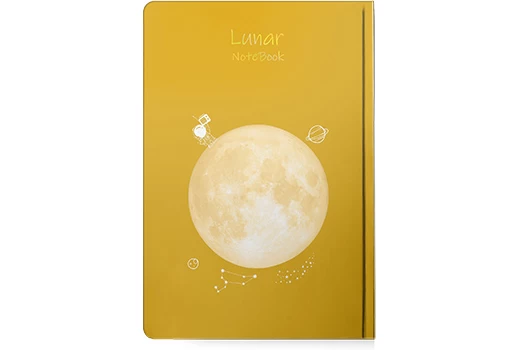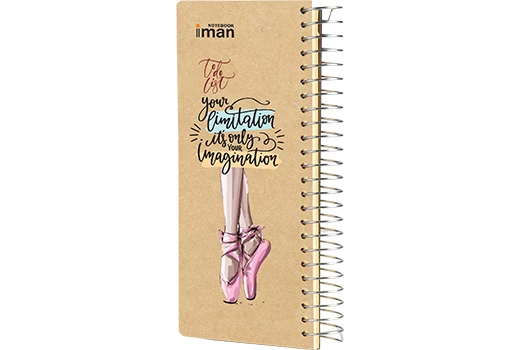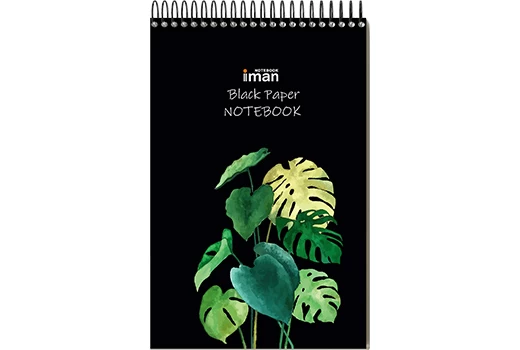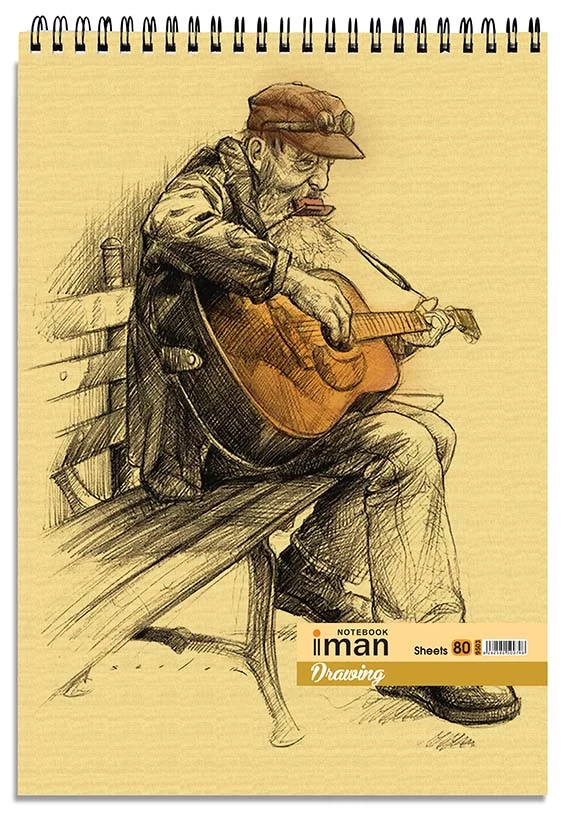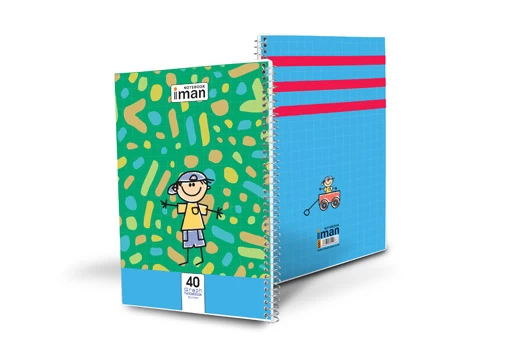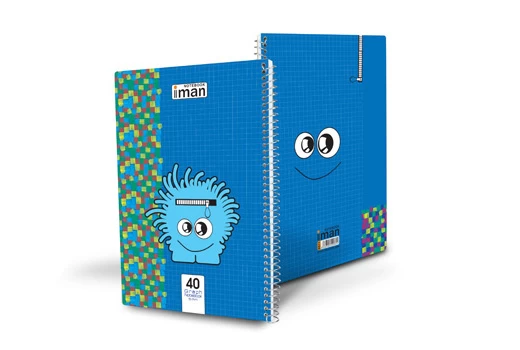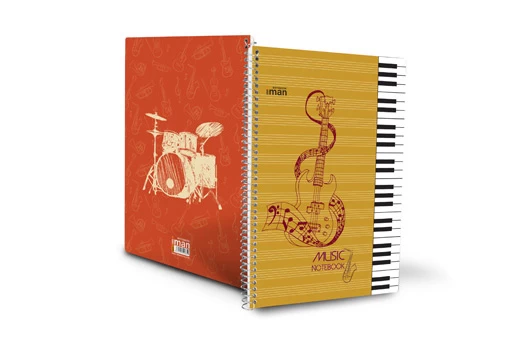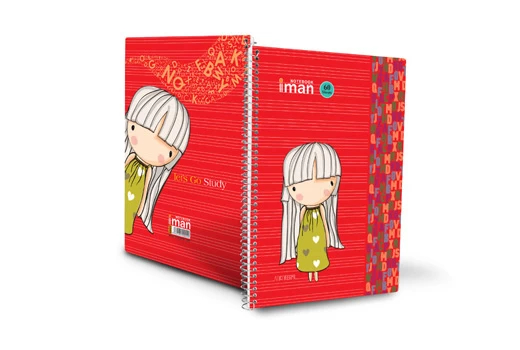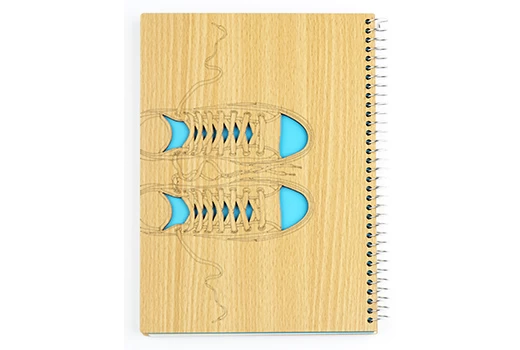Office & School Supplies
School supplies are various items and materials that students typically use in educational settings to support their learning and academic activities. These supplies can vary based on the level of education (elementary, middle, high school, or college) and specific courses,
but common examples include:
1. Writing Tools: Pens, pencils, erasers, highlighters, and markers.
2. Paper Products: Notebooks, loose-leaf paper, composition books, and index cards.
3. Folders and Binders: Organizational tools for storing papers and assignments.
4.Backpacks: Bags designed to carry books, notebooks, and other supplies.
5. Calculators: Depending on the level of math or science courses, students may need basic or scientific calculators.
6. Art Supplies: For students taking art classes, supplies like sketchbooks, colored pencils, paints, and brushes.
7. Rulers and Geometry Sets: Essential for math and drafting classes.
8. Scissors and Glue: Basic crafting supplies for various projects.
9. Technology: Laptops, tablets, or other electronic devices if required by the educational institution.
10. Textbooks: Required reading and reference materials for specific courses.
The specific list of school supplies can vary, and students often receive supply lists from their teachers or educational institutions at the beginning of each academic year.
"Writing tools" typically refer to various instruments and materials used for writing. Common writing tools include:
1. Pens: Available in various types such as ballpoint, gel, rollerball, and fountain pens.
2. Pencils: Utilized for writing and drawing, with different hardness levels (HB, 2B, 4B, etc.).
3. Erasers: Used to remove pencil or graphite markings.
4. Highlighters: Fluorescent markers for emphasizing or underlining text.
5. Markers: Broad-tipped pens used for writing or creating bold lines.
6. Fountain Pens: Ink-filled pens with a nib for a smooth writing experience.
7. Ballpoint Pens: Ink pens with a small rotating ball for smooth writing.
8. Rollerball Pens: Similar to ballpoint pens but use liquid ink for a smoother feel.
9. Calligraphy Pens: Designed for artistic writing, especially in various scripts.
10. Brush Pens: Feature a flexible brush-like tip for expressive writing or drawing.
_1710866290.jpg)
The choice of writing tools often depends on personal preference, the writing task, and the intended outcome. Different tools offer various writing experiences, line styles, and applications.
Education supplies encompass a broad range of materials and tools that support learning and educational activities across various levels of schooling.
These supplies can vary based on the specific needs of students and educators, but common examples include:
1. Writing Tools: Pens, pencils, markers, erasers, and highlighters.
2. Notebooks and Paper: Various types of notebooks, loose-leaf paper, and notepads.
3. Textbooks: Required reading materials for specific courses.
4. Stationery: Items such as staplers, paper clips, binders, and folders for organization.
5. Backpacks: Bags for carrying books, notebooks, and other supplies
6. Calculators: Basic or scientific calculators, depending on the level of math or science courses.
7. Art Supplies: For schools with art programs, this may include sketchbooks, paints, brushes, and colored pencils.
8. Technology: Laptops, tablets, or other electronic devices used for educational purposes.
9. Educational Software: Software programs designed to enhance learning in specific subjects.
10. Lab Equipment: For science and STEM courses, equipment like microscopes, beakers, and lab supplies.
11. Reference Materials: Dictionaries, encyclopedias, and other reference books.
12. Whiteboards and Markers: Used for interactive learning and presentations.
The specific supplies required can vary based on the educational level (elementary, middle, high school, or college) and the courses or programs offered by the educational institution. Teachers often provide students with a list of required supplies at the beginning of each school year or semester.
Books and magazines are printed materials that serve different purposes and cater to diverse reading preferences:
Books:
1. Novels and Fiction: Tell fictional stories and explore creative narratives.
2. Non-Fiction: Provide factual information on a wide range of topics, including history, science, self-help, and more.
3. Textbooks: Used in educational settings, covering various subjects and academic levels.
4. Poetry Collections: Feature poems written by various authors, exploring different themes.
5. Children's Books: Tailored for young readers, including picture books, middle-grade fiction, and young adult novels.
Magazines:
1. Fashion Magazines: Showcase the latest trends in clothing, accessories, and beauty.
2. News Magazines: Provide in-depth analysis and reporting on current events.
3. Lifestyle Magazines: Cover topics such as health, fitness, travel, and general well-being.
4. Special Interest Magazines: Focus on specific hobbies or interests, like technology, photography, or cooking.
5. Entertainment Magazines: Highlight celebrity news, movies, and television.
6. Scientific Journals: Publish research articles and findings in various scientific disciplines.
Both books and magazines contribute to knowledge, entertainment, and cultural enrichment, but books typically offer longer, more in-depth narratives, while magazines provide more concise and timely content. Readers often choose based on their interests and the level of engagement they seek.
In the context of office supplies, a "map" typically refers to a physical or printed representation of geographical or topographical information. It can be used for various purposes within an office setting, such as:
1. Reference: Maps serve as a reference tool for locating places, regions, or specific geographic details.
2. Planning: Offices may use maps for strategic planning, especially if they have multiple locations or need to visualize geographic data.
3. Decor: Maps can be decorative elements in office spaces, providing a visual focal point.
4. Navigation: Large offices or businesses with complex layouts might use floor maps to help people navigate the space.
5. Education: In educational or training settings, maps are valuable for teaching geography, history, or other related subjects.
6. Presentation: Presenters may use maps to illustrate data or convey information during meetings or presentations.
_1710866343.jpg)
Maps can come in various forms, including world maps, country maps, city maps, or floor plans. The choice of map depends on the specific needs and objectives of the office.
1. Writing Tools: Pens, pencils, erasers, highlighters, and markers.
2. Paper Products: Notebooks, loose-leaf paper, composition books, and index cards.
3. Folders and Binders: Organizational tools for storing papers and assignments.
4.Backpacks: Bags designed to carry books, notebooks, and other supplies.
5. Calculators: Depending on the level of math or science courses, students may need basic or scientific calculators.
6. Art Supplies: For students taking art classes, supplies like sketchbooks, colored pencils, paints, and brushes.
7. Rulers and Geometry Sets: Essential for math and drafting classes.
8. Scissors and Glue: Basic crafting supplies for various projects.
9. Technology: Laptops, tablets, or other electronic devices if required by the educational institution.
10. Textbooks: Required reading and reference materials for specific courses.
"Writing tools" typically refer to various instruments and materials used for writing. Common writing tools include:
2. Pencils: Utilized for writing and drawing, with different hardness levels (HB, 2B, 4B, etc.).
3. Erasers: Used to remove pencil or graphite markings.
4. Highlighters: Fluorescent markers for emphasizing or underlining text.
5. Markers: Broad-tipped pens used for writing or creating bold lines.
6. Fountain Pens: Ink-filled pens with a nib for a smooth writing experience.
7. Ballpoint Pens: Ink pens with a small rotating ball for smooth writing.
8. Rollerball Pens: Similar to ballpoint pens but use liquid ink for a smoother feel.
9. Calligraphy Pens: Designed for artistic writing, especially in various scripts.
10. Brush Pens: Feature a flexible brush-like tip for expressive writing or drawing.
_1710866290.jpg)
The choice of writing tools often depends on personal preference, the writing task, and the intended outcome. Different tools offer various writing experiences, line styles, and applications.
Education supplies encompass a broad range of materials and tools that support learning and educational activities across various levels of schooling.
1. Writing Tools: Pens, pencils, markers, erasers, and highlighters.
2. Notebooks and Paper: Various types of notebooks, loose-leaf paper, and notepads.
3. Textbooks: Required reading materials for specific courses.
4. Stationery: Items such as staplers, paper clips, binders, and folders for organization.
5. Backpacks: Bags for carrying books, notebooks, and other supplies
7. Art Supplies: For schools with art programs, this may include sketchbooks, paints, brushes, and colored pencils.
8. Technology: Laptops, tablets, or other electronic devices used for educational purposes.
9. Educational Software: Software programs designed to enhance learning in specific subjects.
10. Lab Equipment: For science and STEM courses, equipment like microscopes, beakers, and lab supplies.
11. Reference Materials: Dictionaries, encyclopedias, and other reference books.
12. Whiteboards and Markers: Used for interactive learning and presentations.
The specific supplies required can vary based on the educational level (elementary, middle, high school, or college) and the courses or programs offered by the educational institution. Teachers often provide students with a list of required supplies at the beginning of each school year or semester.
1. Novels and Fiction: Tell fictional stories and explore creative narratives.
2. Non-Fiction: Provide factual information on a wide range of topics, including history, science, self-help, and more.
3. Textbooks: Used in educational settings, covering various subjects and academic levels.
4. Poetry Collections: Feature poems written by various authors, exploring different themes.
5. Children's Books: Tailored for young readers, including picture books, middle-grade fiction, and young adult novels.
Magazines:
1. Fashion Magazines: Showcase the latest trends in clothing, accessories, and beauty.
2. News Magazines: Provide in-depth analysis and reporting on current events.
3. Lifestyle Magazines: Cover topics such as health, fitness, travel, and general well-being.
4. Special Interest Magazines: Focus on specific hobbies or interests, like technology, photography, or cooking.
5. Entertainment Magazines: Highlight celebrity news, movies, and television.
6. Scientific Journals: Publish research articles and findings in various scientific disciplines.
Both books and magazines contribute to knowledge, entertainment, and cultural enrichment, but books typically offer longer, more in-depth narratives, while magazines provide more concise and timely content. Readers often choose based on their interests and the level of engagement they seek.
In the context of office supplies, a "map" typically refers to a physical or printed representation of geographical or topographical information. It can be used for various purposes within an office setting, such as:
1. Reference: Maps serve as a reference tool for locating places, regions, or specific geographic details.
2. Planning: Offices may use maps for strategic planning, especially if they have multiple locations or need to visualize geographic data.
3. Decor: Maps can be decorative elements in office spaces, providing a visual focal point.
4. Navigation: Large offices or businesses with complex layouts might use floor maps to help people navigate the space.
5. Education: In educational or training settings, maps are valuable for teaching geography, history, or other related subjects.
6. Presentation: Presenters may use maps to illustrate data or convey information during meetings or presentations.
_1710866343.jpg)
Maps can come in various forms, including world maps, country maps, city maps, or floor plans. The choice of map depends on the specific needs and objectives of the office.
FAQs
What does the choice of writing instruments depend on?
The choice of writing tools often depends on personal preference, the writing task, and the intended outcome
What do books and magazines contain?
Both books and magazines contribute to knowledge, entertainment, and cultural enrichment
What is lab equipment:
For science and STEM courses, equipment like microscopes, beakers, and lab supplies.
What is the difference between a book and Magazines?
books typically offer longer, more in-depth narratives, while magazines provide more concise and timely content.
 +7929688-88-14
+7929688-88-14

 English
English
 Persian
Persian
 Russian
Russian
 Chinese
Chinese


 +7929688-88-14
+7929688-88-14

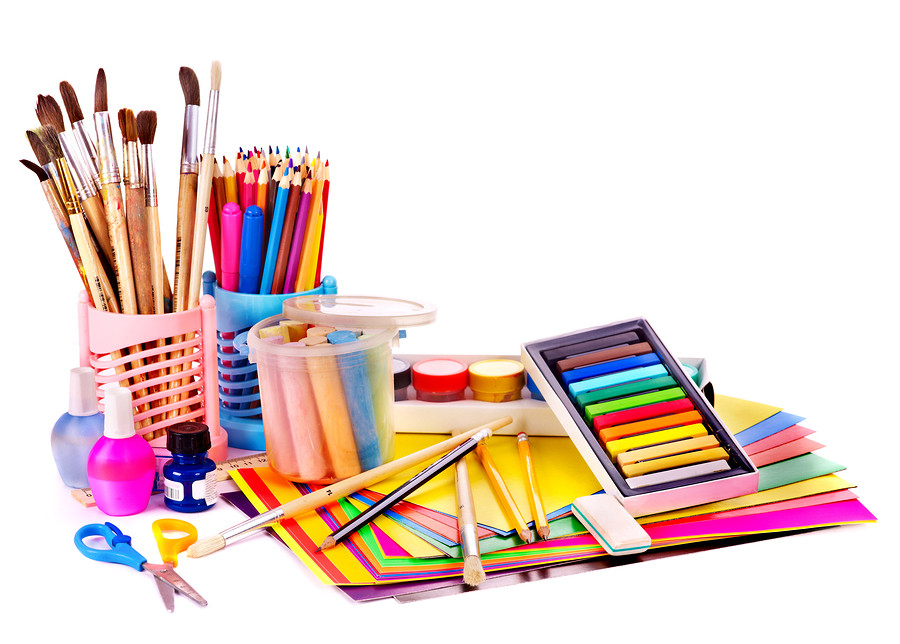
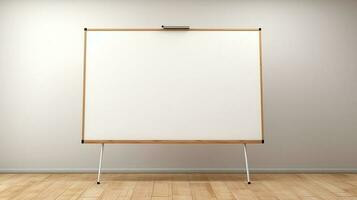
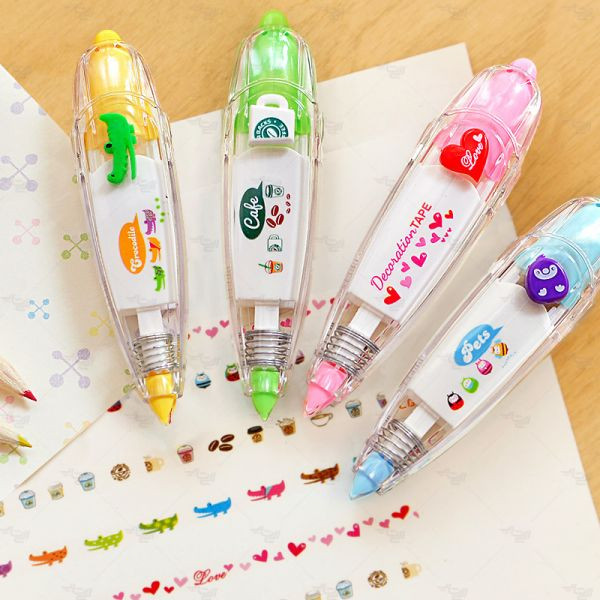
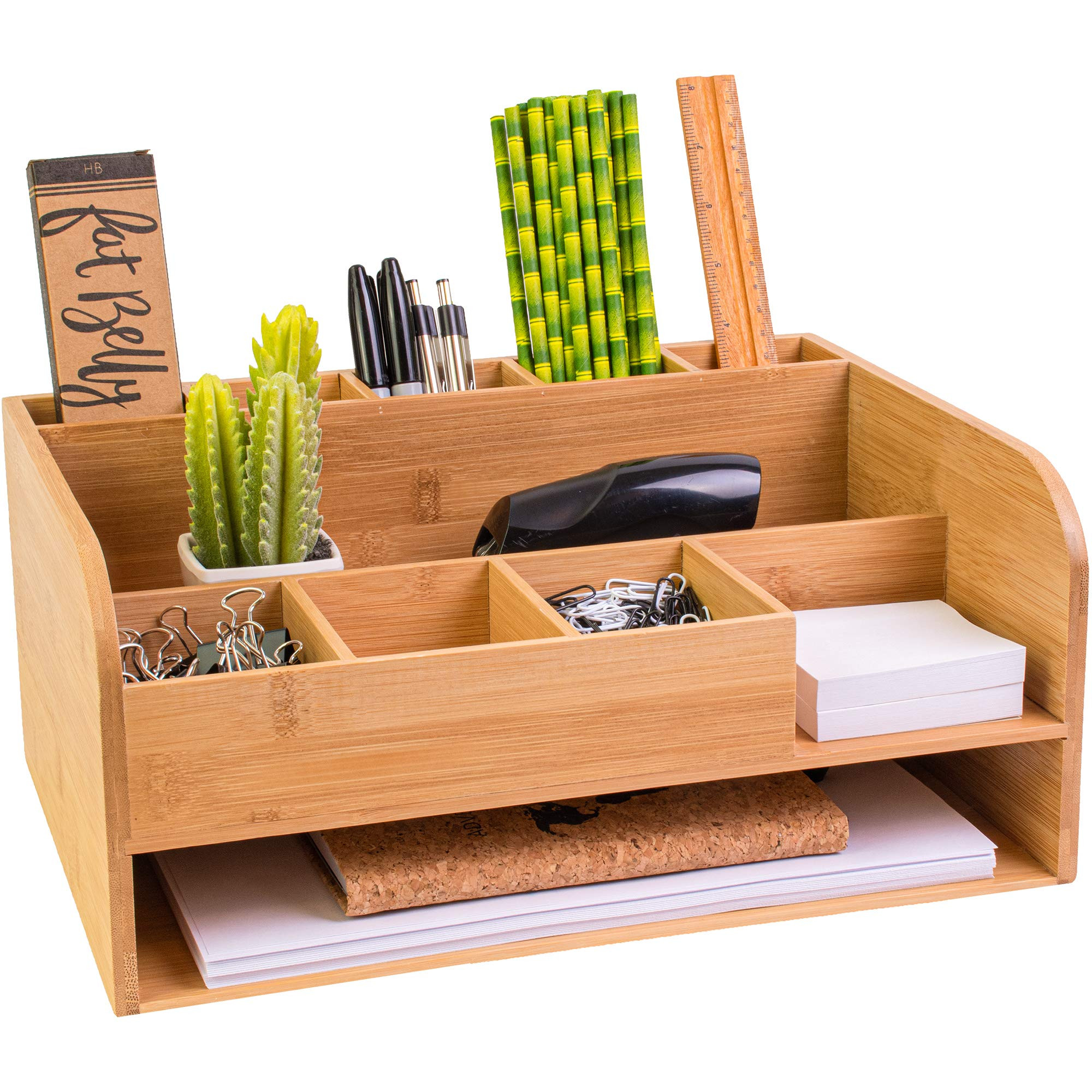
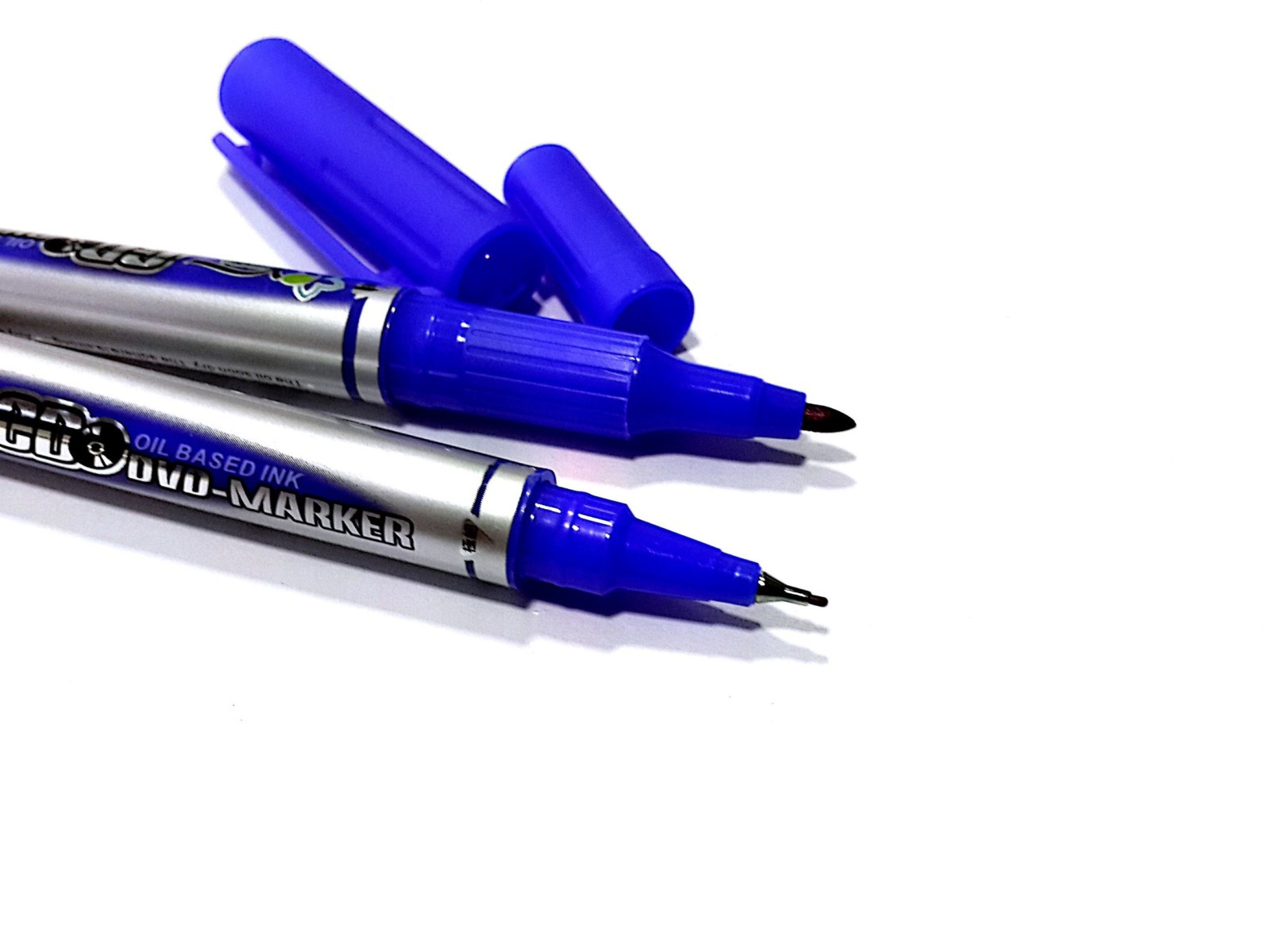
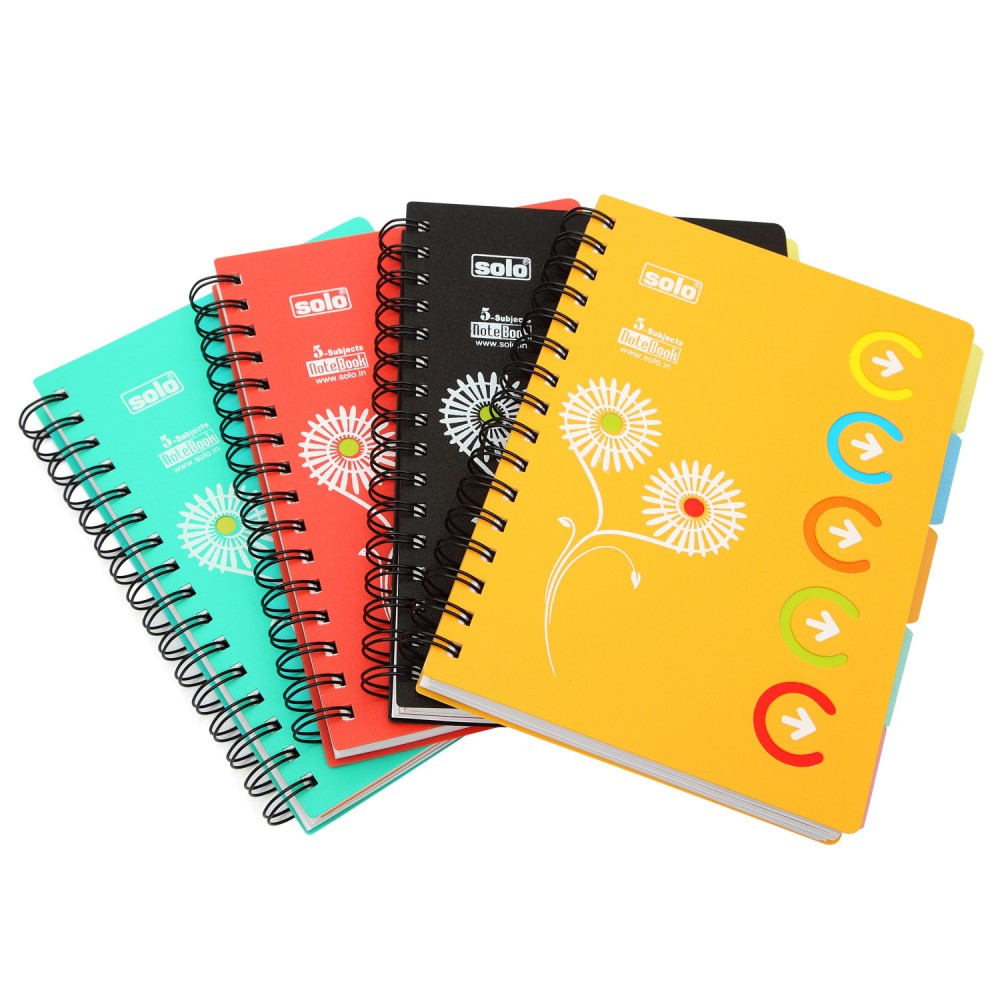
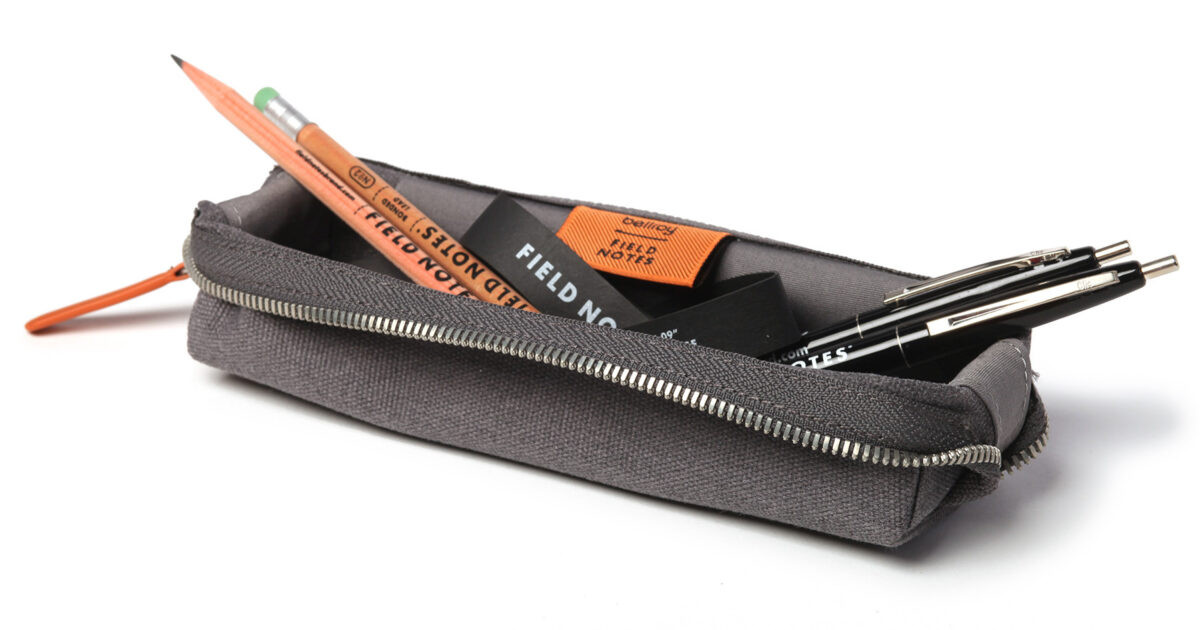
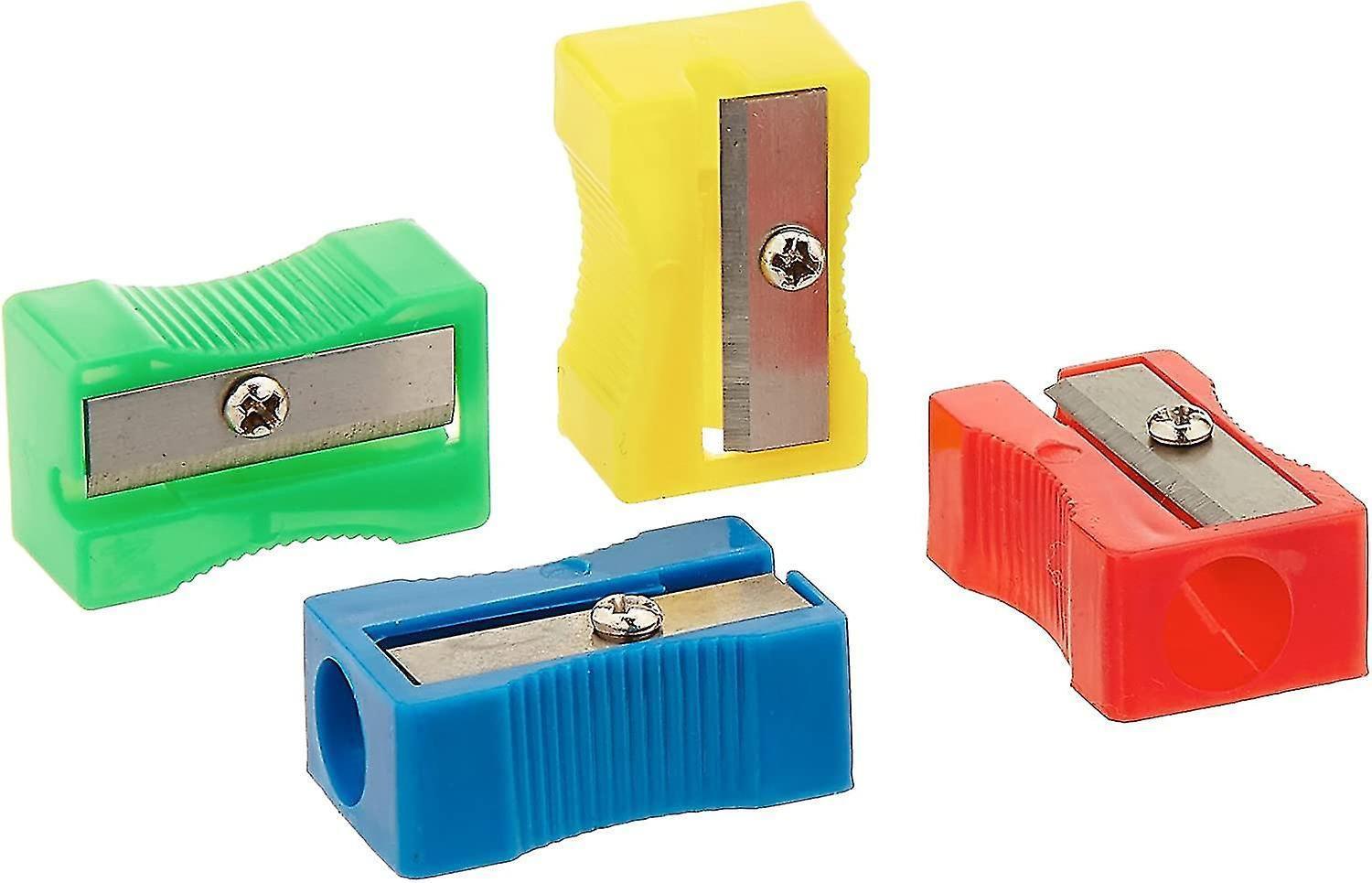
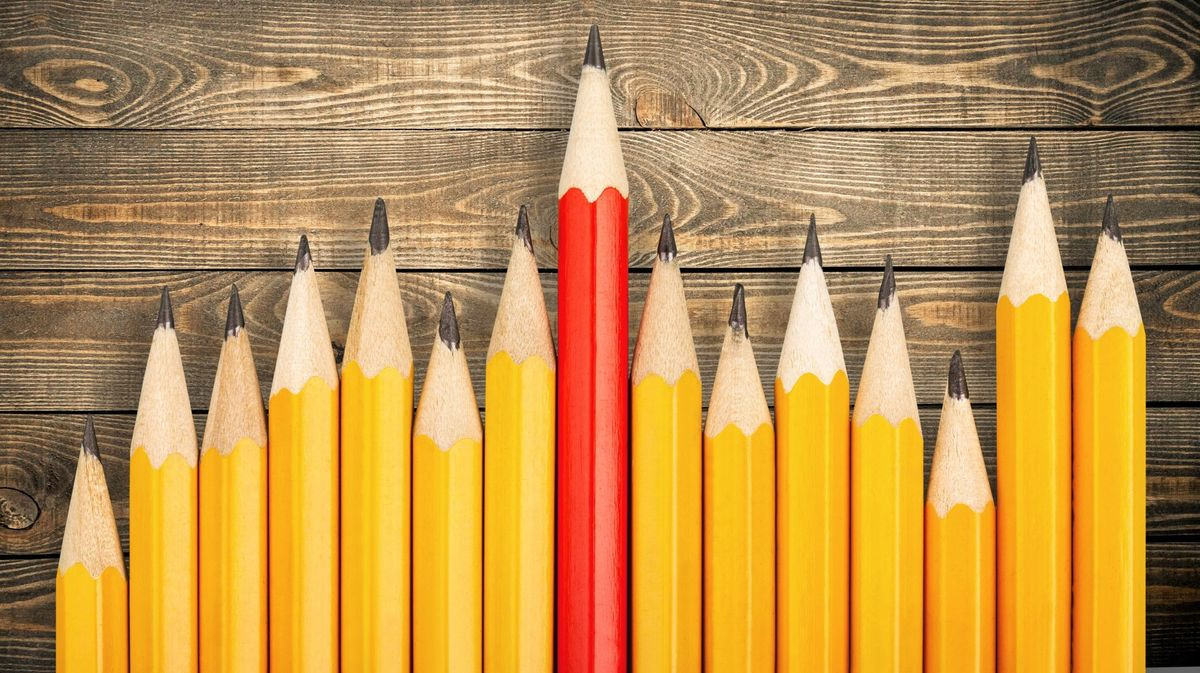
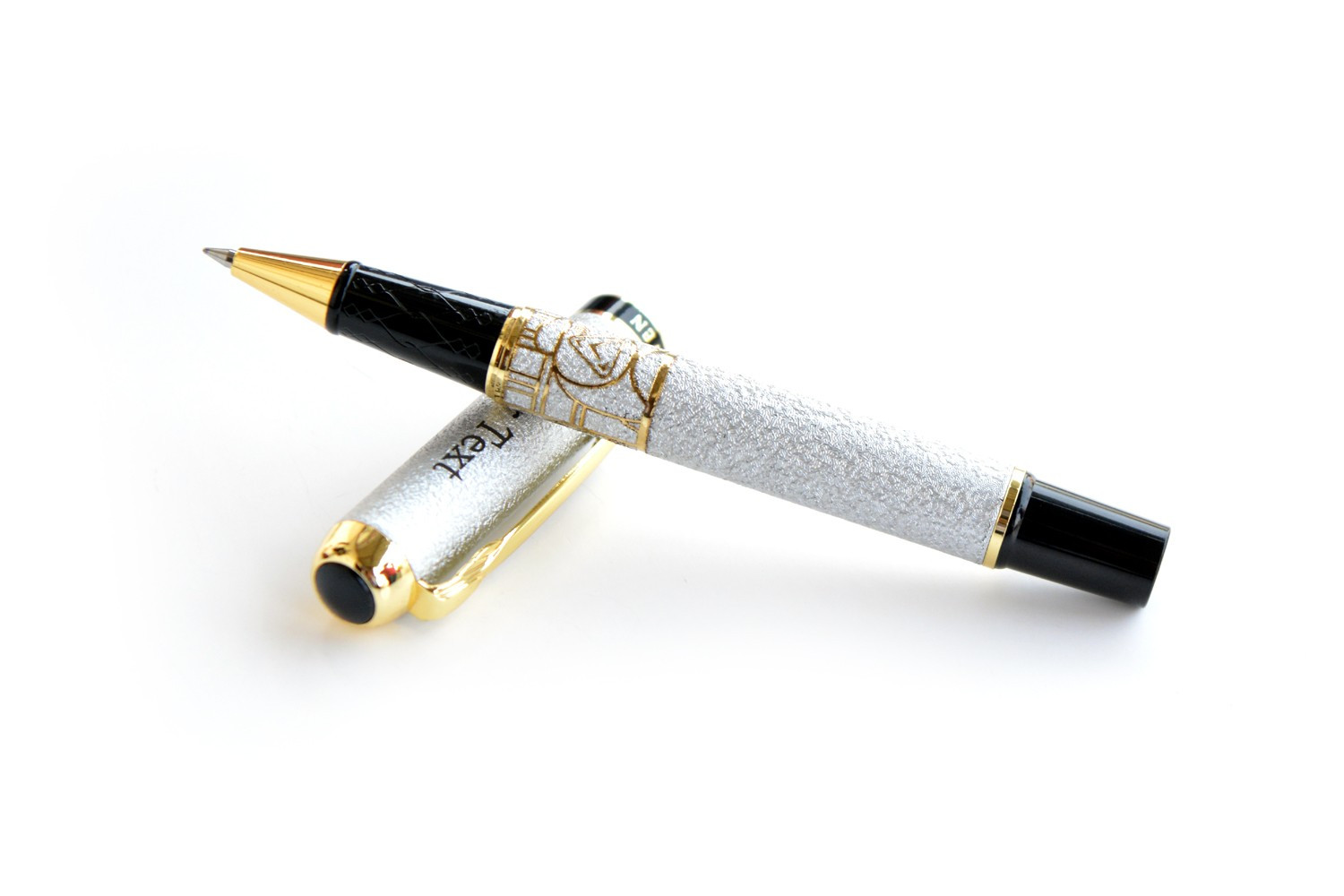
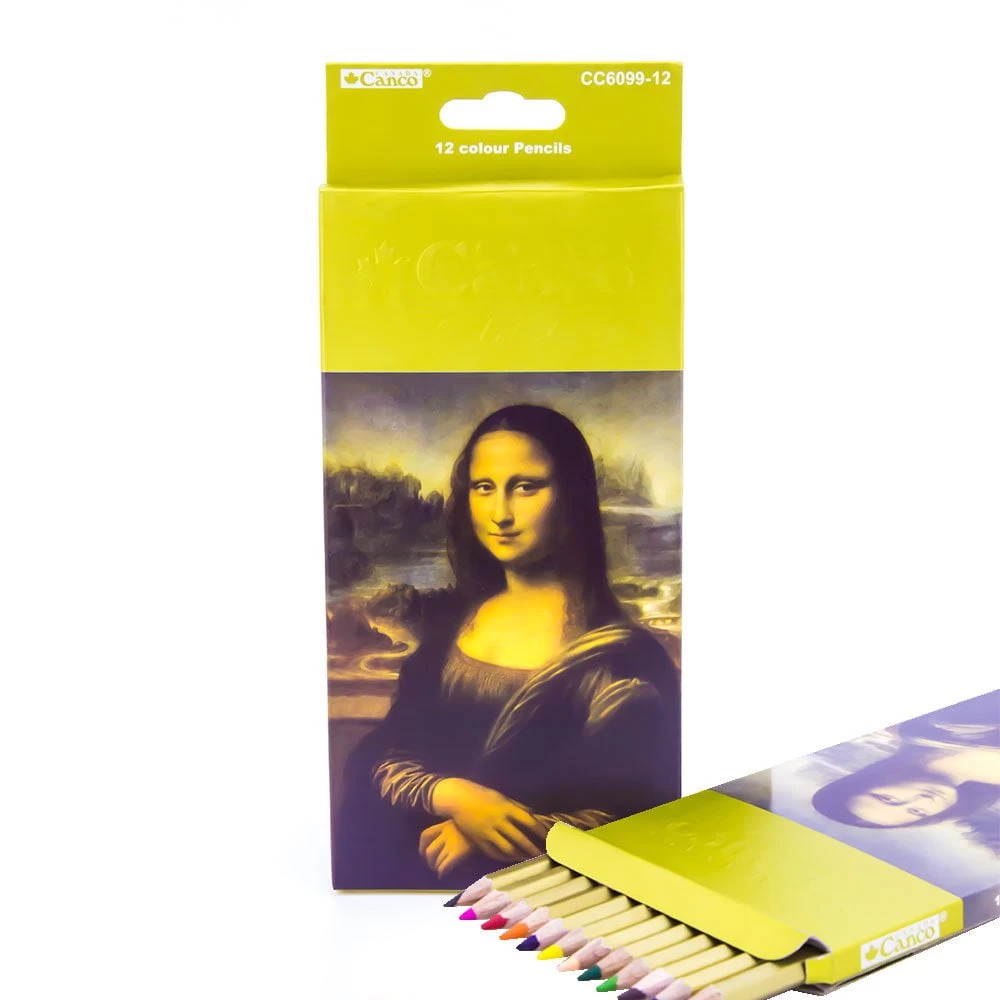
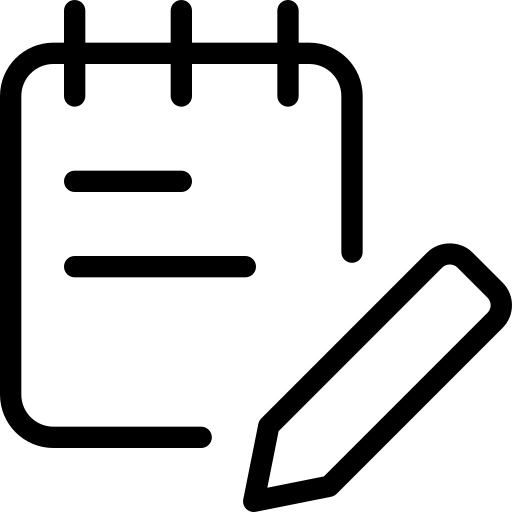
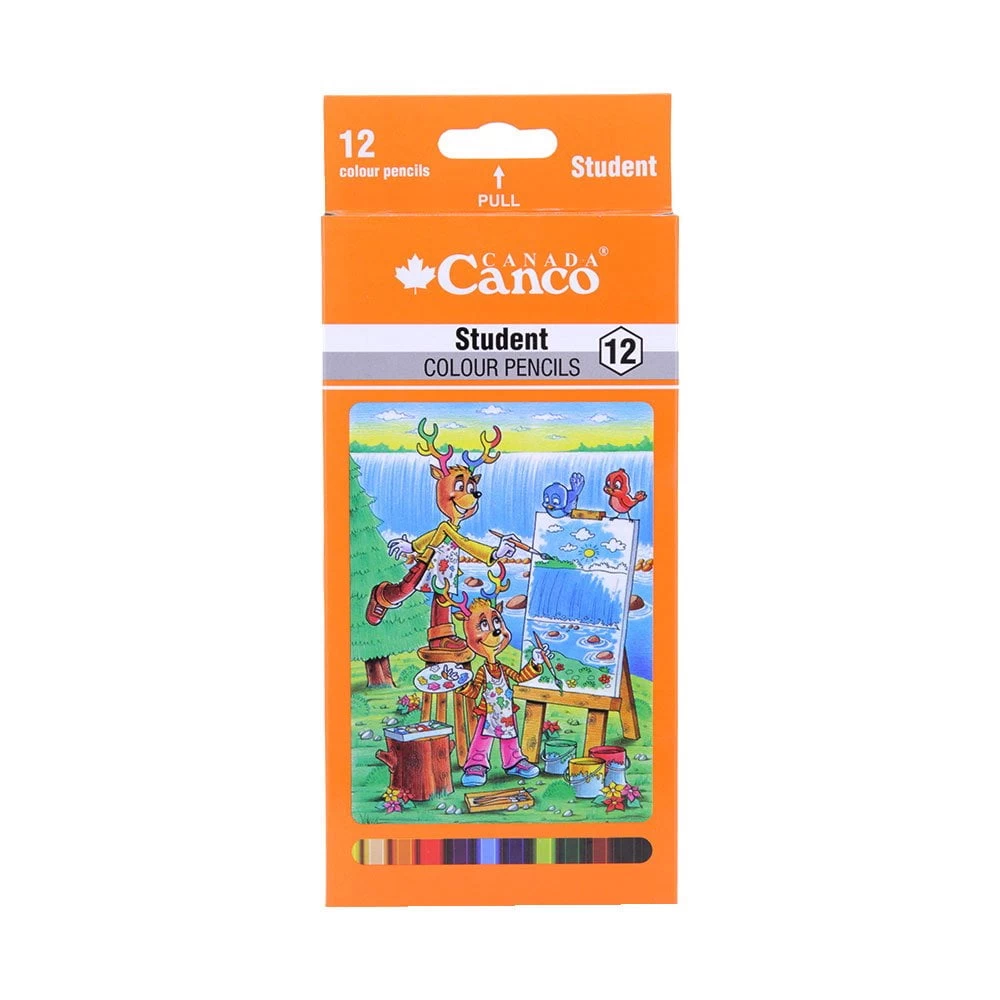
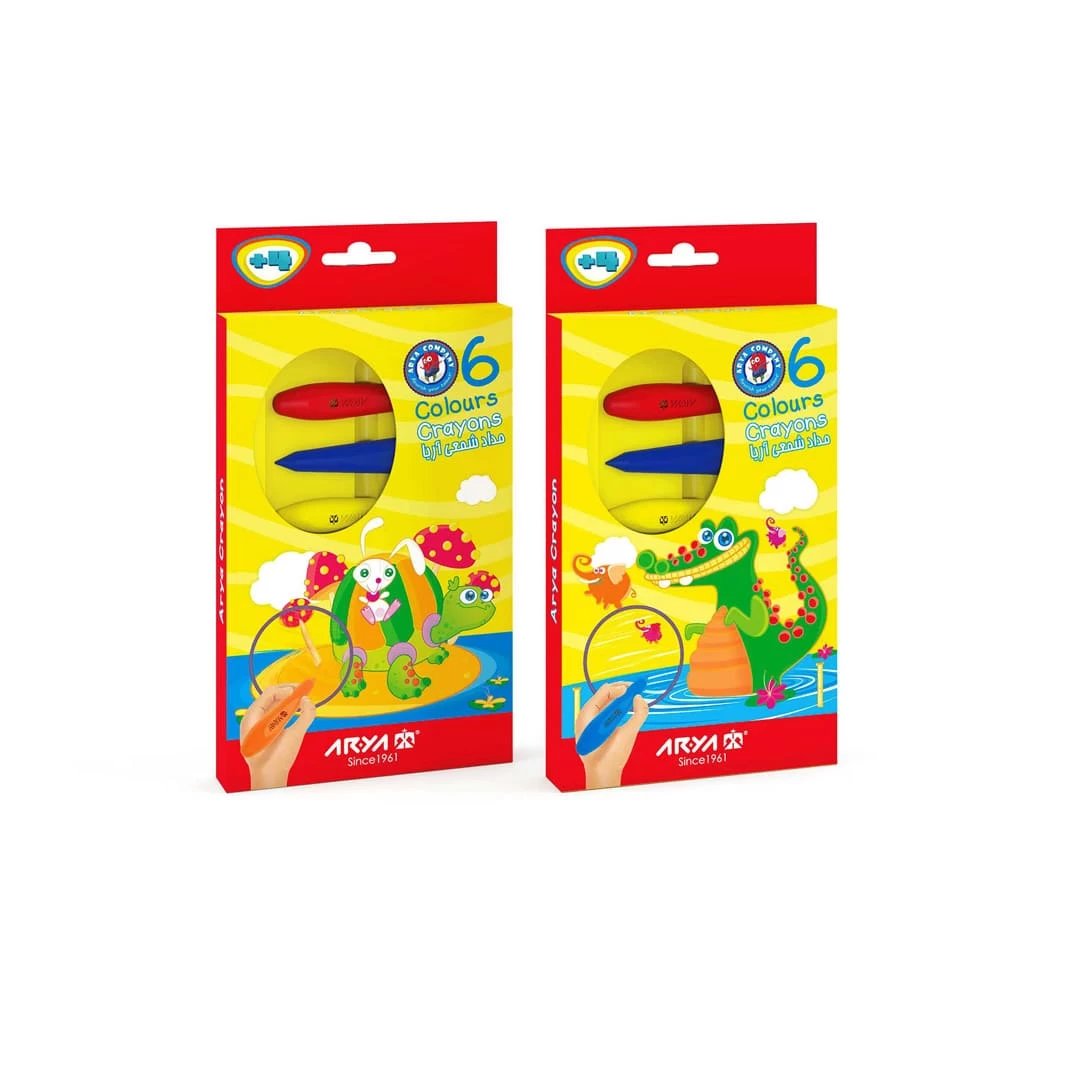
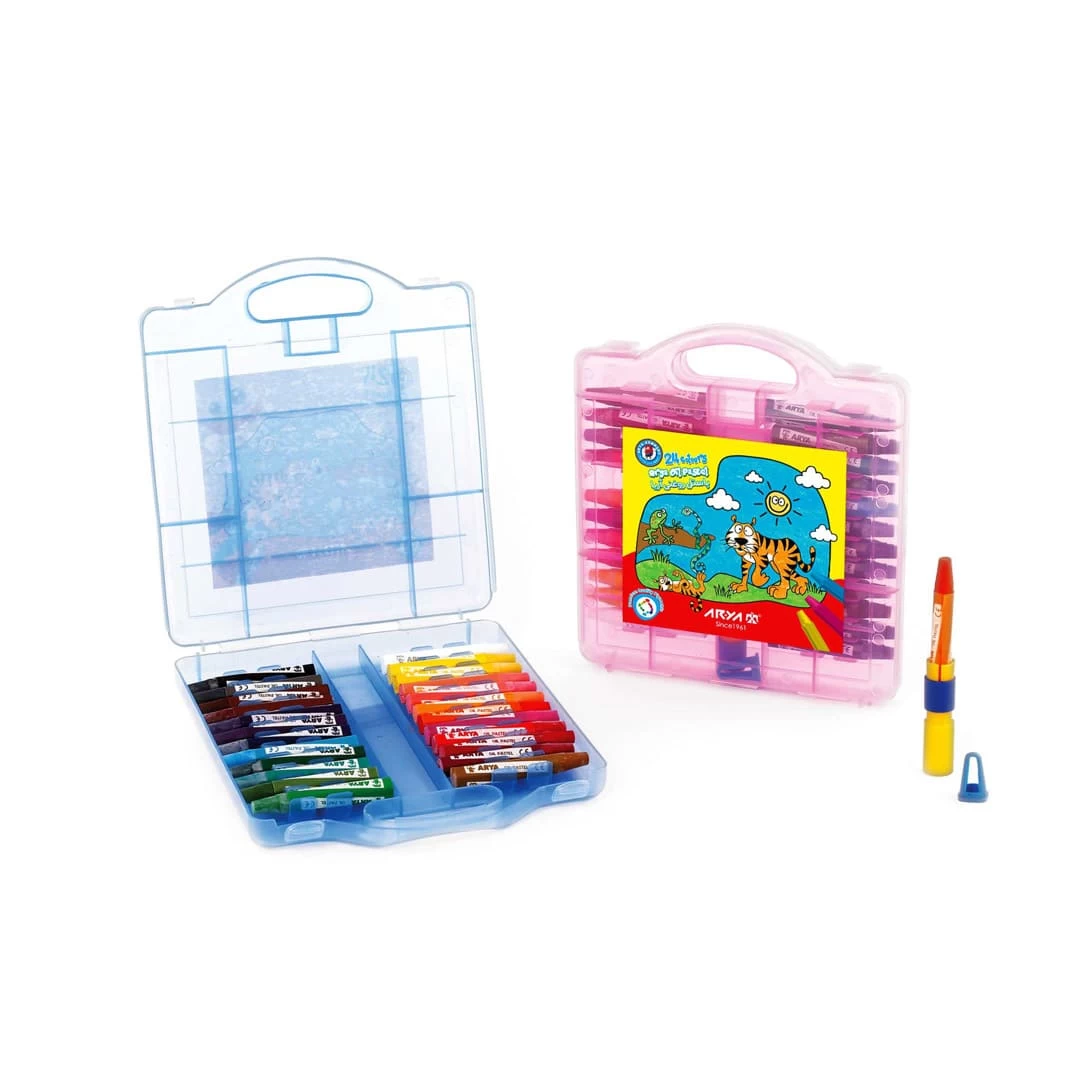
.webp)
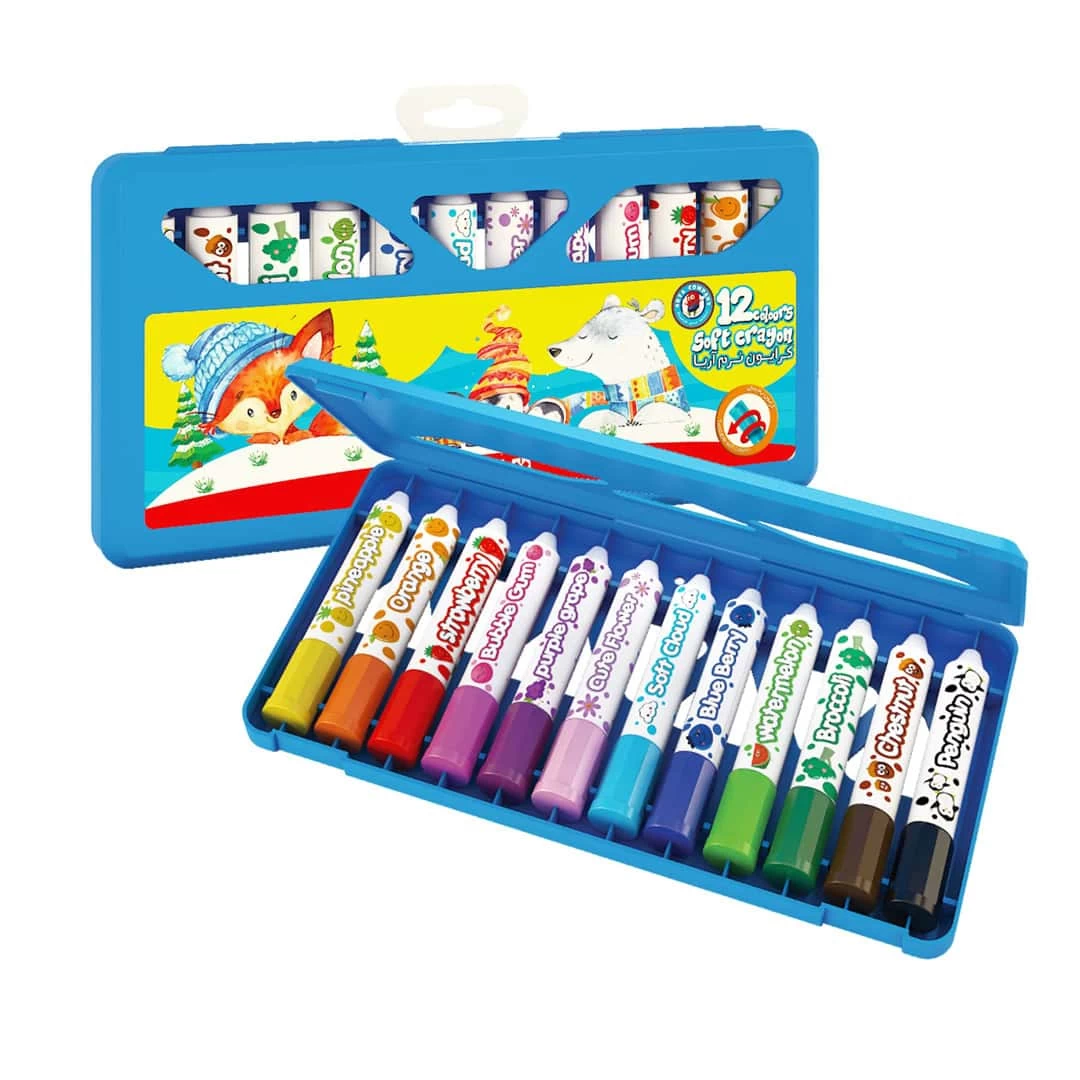
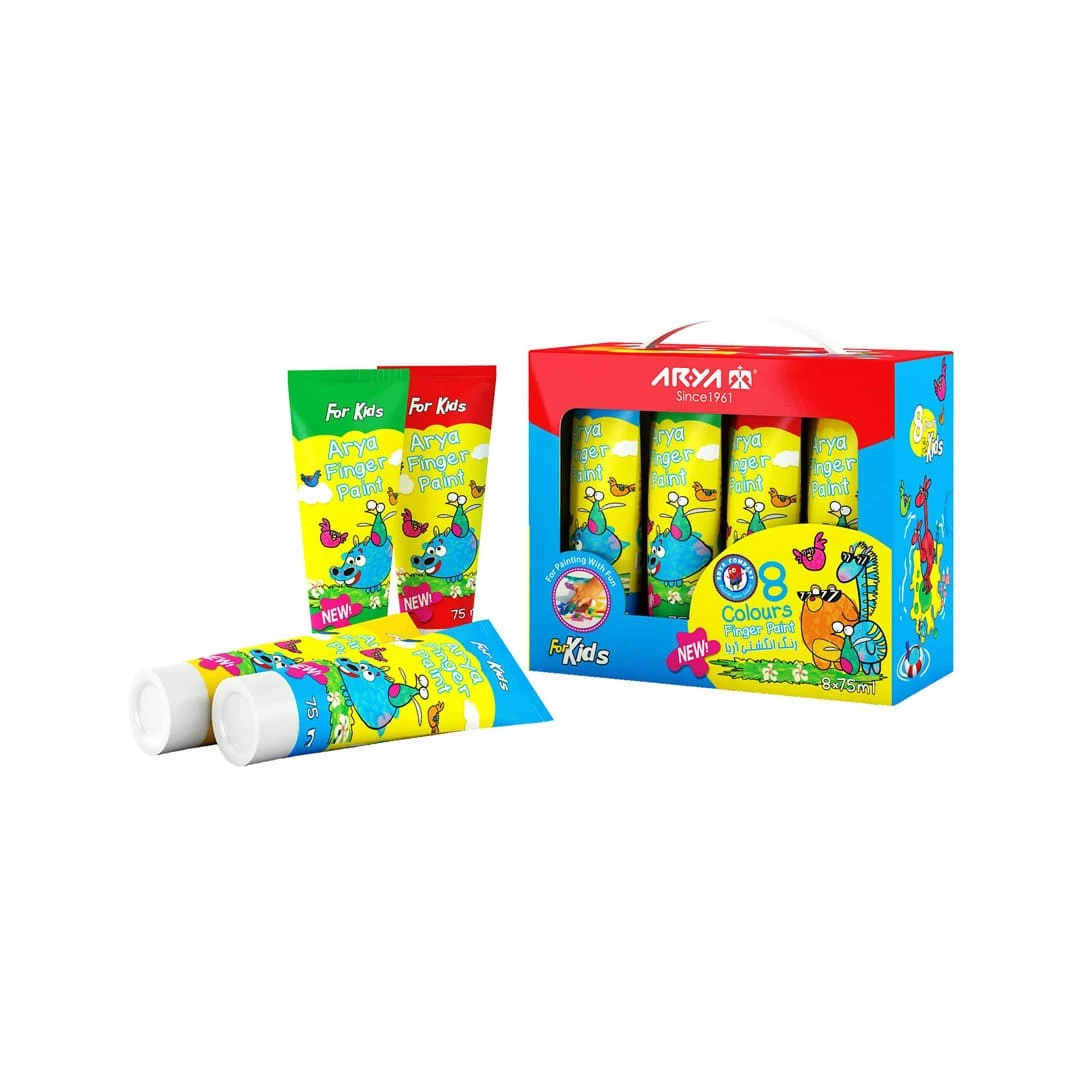
.webp)
